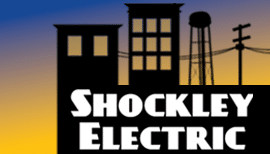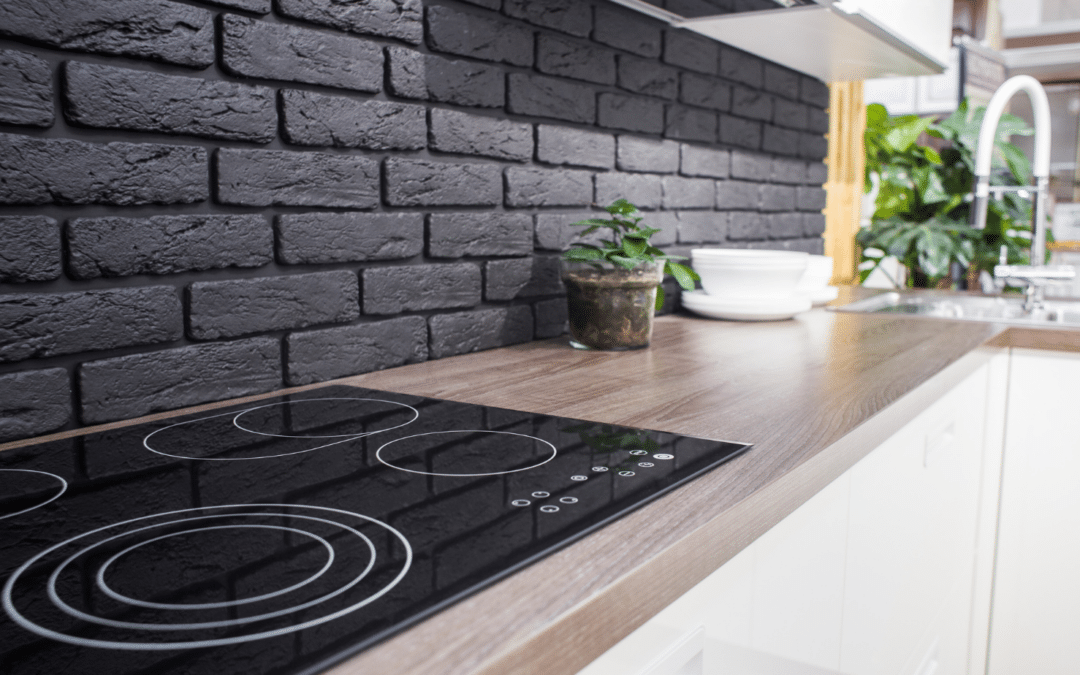Because an electric range is one of the larger appliances in your home, it draws more power than most smaller appliances and has special electric requirements. If you’re considering installing a new stove yourself, it’s important to know what these requirements are so you can ensure your stove works properly and safely.
Electric stoves require a dedicated circuit.
Because of the large power draw from an electric range, it is essential to put stoves on their own dedicated circuits. There are a wide variety of electric stoves on the market, but most run on 240 volts of power.
What is a dedicated circuit?
According to our blog Why Appliances Need a Dedicated Circuit, a circuit is a path through which energy flows. It’s how your lights flicker on, your fridge keeps food cool, and your washing machine washes. But not all electronics need the same type of circuit. Homes are wired with specific, separate circuits to distribute electricity evenly and safely throughout your house. When a circuit supports a single appliance, it’s known as a dedicated circuit. This means that the appliance has its own breaker in your circuit box. This ensures high-power appliances have access to the proper voltage or amperage to function safely in your home.
Electric stoves require a specific size circuit breaker.
Circuit breakers are designed to trip if an overload of electricity surges at once. Because most stoves are 240 volts, homeowners must use a double-pole dedicated circuit breaker inside their electrical panels to ensure the power supply meets the stove’s requirements. Depending on how much power the stove draws, it will typically require a 30-to-60-amp circuit breaker. You can find the power requirements for your stove’s make and model online or in the user’s manual.
When choosing the correct size circuit breaker, consider the “80% rule” in electrical work, which means you should only use 80% of your breaker’s capacity at full load. For example, a 50-amp double breaker should only be used for appliances that draw 40 amps or less at any time.
What if you don’t use the correct size circuit breaker?
If you use a lower amp circuit breaker than is required, the breaker will constantly trip when you use the stove. If you use a higher amp breaker than is needed, you put yourself at risk of starting an electrical fire.
Electric stoves require specific-size wiring.
Once you’ve chosen a suitable circuit breaker based on your stove’s power demand, you must wire your appliance using the correct gauge wire. These include:
- #10-gauge wire for 30 amps
- #8-gauge wire for 40 amps
- #6-gauge wire for 50 amps
- #4-gauge wire for 60 amps
Electric stoves require specific types of outlets.
Voltage ratings on contemporary stove labels may be listed as 220, 230, or even 250 volts, but these all indicate that the stove uses the full voltage supplied by the electrical panel, which is 240 volts. Because of that, you cannot plug them into just any socket! Plugging a 220-volt stove into the wrong outlet can cause serious damage including fire, injury, or death from electrical shock.
According to our blog Do Electric Stoves Need a Special Outlet?, the NEMA 14-50 with four input slots is the standard electrical outlet for a 50-amp electric stove. Two vertical slots are situated opposite each other for the hot wires, and a third vertical slot between them houses the neutral wire. A semicircular slot holds the ground wire. Each slot connects to a terminal screw on the back of the outlet, where you connect the wires.
If you’re replacing an old stove with a new one, you may notice that the existing outlet only has three slots arranged in a circle. It’s missing the ground wire, which the National Electric Code (NEC) began to require on all 240-volt circuits more recently.
Three-slot outlets are grandfathered in, so it isn’t necessary to rewire the outlet. However, you will have to replace the stove’s power cord, a job best performed by a professional electrician.
Conversely, if you want to plug an old stove into a newer four-slot outlet, you must install a four-prong cord and connect the ground wire to a ground screen in the stove body. If the screw on the old stove has not already been installed by the manufacturer, you can ask an electrician to install one.
A quick summary of the electrical requirements for electric stoves:
- Voltage: Electric stoves typically require a 240-volt power supply.
- Amperage: The amperage can range from 30 to 50 amps, with 40 amps being common for many residential stoves.
- Circuit: A dedicated circuit is necessary to safely handle the stove’s power demands.
- Outlet: Today’s free-standing electric stoves typically require a special 240-volt outlet to meet electricity needs.
- NEMA 14-50R: A four-prong outlet commonly used for new installations.
- NEMA 10-50R: A three-prong outlet found in older homes.
Check out our blogs Do Electric Stoves Need a Special Outlet and Why Appliances Need a Dedicated Circuit to learn more about electrical requirements for stoves.
How Can We Help?
At Shockley Electric, we address important home safety issues such as power surges, faulty electrical wiring, and potential fire hazards when we do electrical preventive maintenance in homes or commercial buildings. We are licensed, trained, and skilled in safety-proofing your home, and we are committed to the safety and well-being of our customers.
If you are experiencing electrical problems in your home or aren’t sure if your home is protected from electrical hazards, schedule an in-home estimate or appointment with us today. Fill out our form or call us now for a free estimate!

